Wasps, bee's and hornets a visual guide to pests
Posted on 23rd May 2019 at 09:26
We get numerous calls to reports of wasps only to find out that they're bumble bee's or honey bee's so we have put together a quick visual guide to what is a pest and what isn't.
Some hoverflies are disguised to look like wasps and we have a policy of not treating bee's unless its absolutely necessary, so use this guide to help work out if its wasps or bee's.

White Tailed Bumblebee
These tend to emerge first in our wasp / bee / hornet calender, forming small colonies based around a single Queen and about 50 to 60 drones.
Can sting if trapped in clothing or the nest is being interfered with.
Not considered a pest.
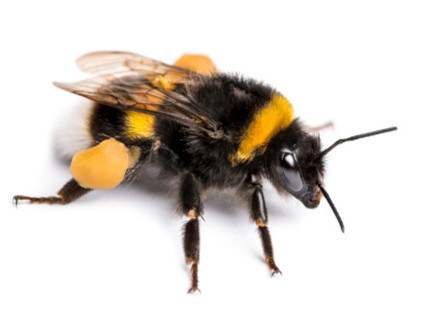
Bumblebee's
Bumblebee's are in decline nationally and its our responsibility to ensure that we only treat those species that ARE a pest.
Able to sting but rarely do, these important pollinators are not considered a pest.
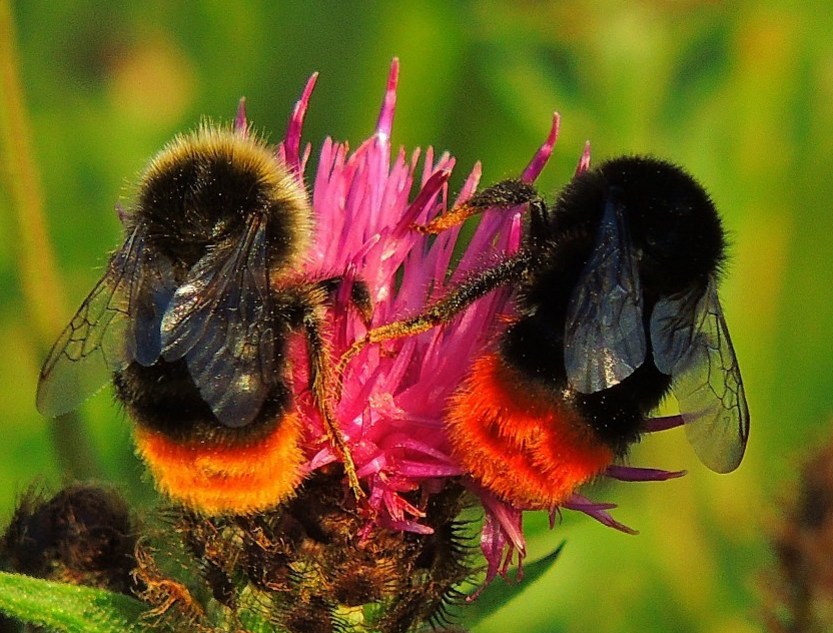
Red tailed bumblebee's
There are many different species of bumblebee in the Maidenhead area all with a range of markings but the Red Tailed Bumblebee is common and another example of the different colouring's and size of bumblebee's.
Not considered a pest by us.
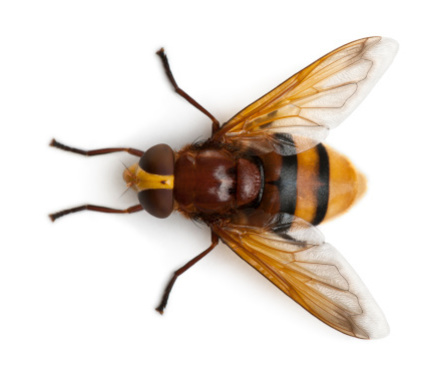
Hoverflies
We have over 90 different species of hoverfly in Berkshire; not stinging insects but as their name suggests a member of the fly family.
These are pollinating insects, living on nectar and pollen and in no way considered a pest as not harmful to us. Some hoverflies are disguised to look like wasps and there is even one called the hornet hoverfly, can you guess why?
Not a pest.
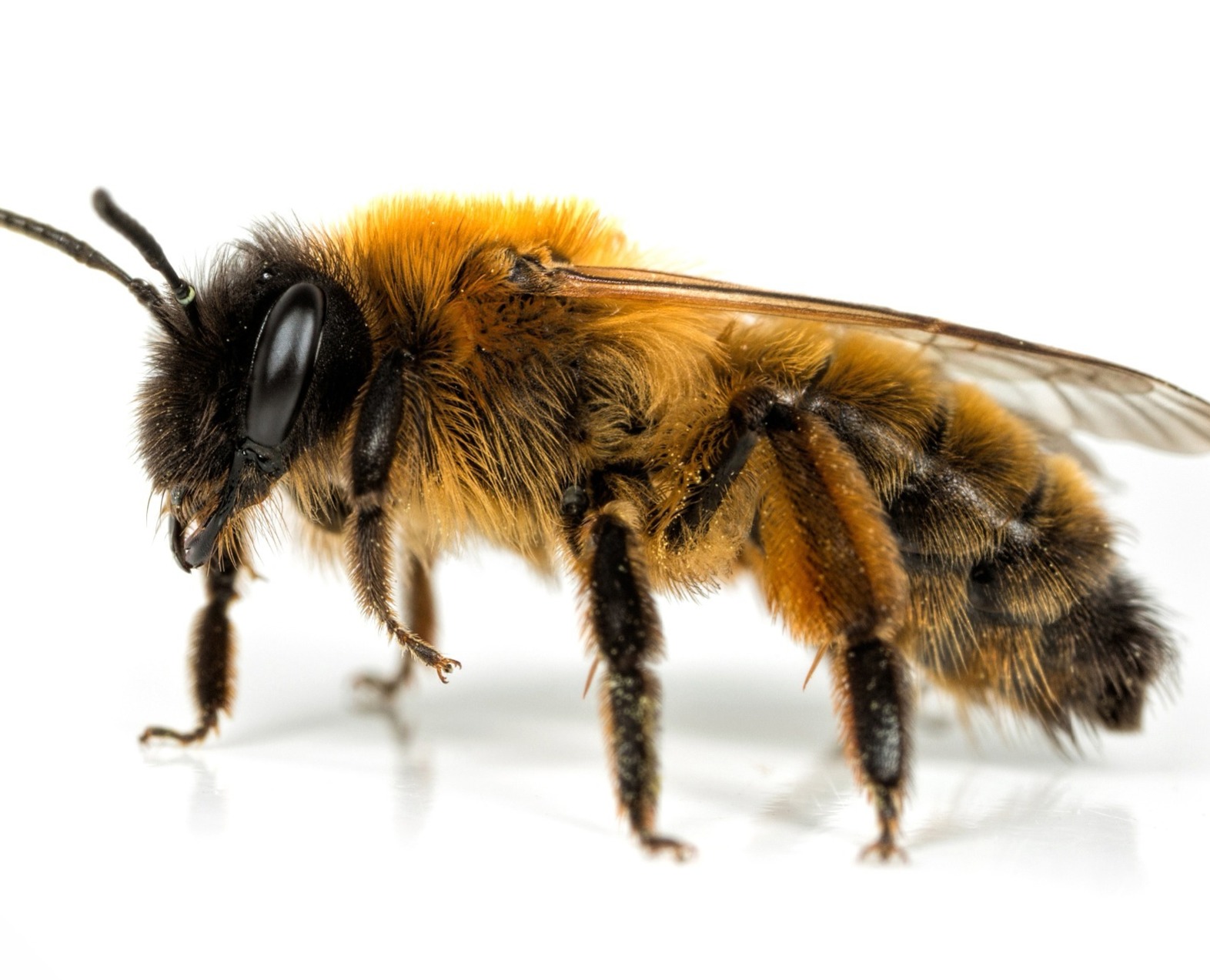
Mining bee
A small solitary bee that builds its nest in soft cement mortar on walls and in well drained sandy soils.
Although solitary ie: they don't form colonies or super size nests, you will find that mining bee's congregate in huge numbers when the conditions are ideal, a south facing garden for example. The young bee's will emerge in large numbers in late summer often leading to callouts for "swarms of wasps".
Not considered a pest as they have no stinger.
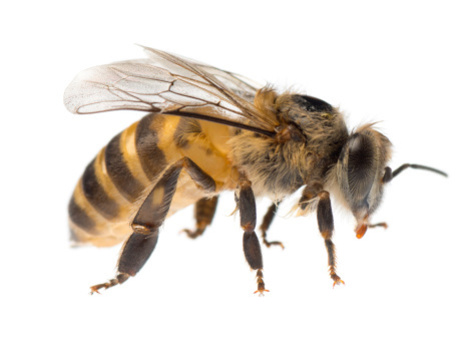
Honey bee's
Honey bee's don't actually have a protected status which is something that may have to change with the arrival of the Asian hornet.
We don't treat honey bee's but recommend that they are removed from the property: a treated honey bee nest requires removal or sealing up afterwards to stay within the legal requirements of the chemical label.
This means that removal is often the best option especially when bee's are nesting in a chimney.
Will become aggressive in defence of their nest but not considered a pest by us.
Footage of specialist team of bee keepers removing a nest from a compost bin in a house in Woodley.
Around 5 to 6000 honey bee's were in this nest which has been there for around two years. The nest flight path was immediately across the neighbours garden meaning that it was becoming hazardous using it and the bee's had to go.
The first thing is to remove the comb this is placed into a temporary hive along with as many of the drones the team can usher in. Once the Queen bee has been found she is held inside the new hive bringing the remaining drones inside and bringing the colony back together ready for transportation.

Hornets.
Two species of hornet now found across the UK: the European hornet (TOP) which is our native species and not to be confused with the Asian hornet (BOTTOM) which is an invasive species and off great concern to beekeepers.
Hornets carry a lot of venom - three times as much as a wasp and theis has a different chemical makeup, the venom effects our pain receptors meaning that a sting from a hornet is much worse than one from a wasp.
Both are considered a pest; the Asian hornet is dangerous due to the size of their nests and should only be treated by trained professionals with the correct level of PPE.
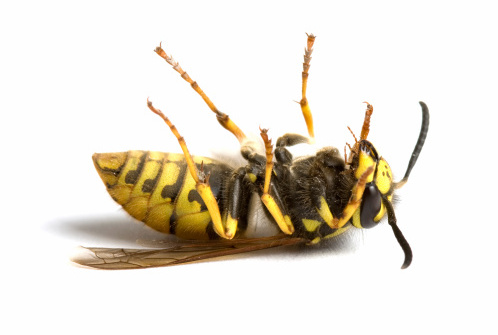
Wasps.
Wasps are the ultimate summer pest; nests may hold numbers of drones in their thousands topping out at about 12 to 15,000 at the peak of summer.
Wasps operate on invisible messages known as pheromones; if disturbed in their nest they will emerge to an attack pheromone. This makes the drones immediately aggressive and when they do sting they release another one which then excites the wasps further creating more aggression.
Wasps will even release different pheromones when killed and if they latch onto an 'agressor' they release yet another, which acts as a homing beascon to guide the other wasps in.
Two different species of wasp; the common wasp and the European wasp, little difference in markings but the European wasp is a lot more aggressive.
You can easily tell which species of wasp that you have by looking at the colour of the nest - cream for the common wasp and grey for the European.
Here at All Aspects Pest Control we guarantee all of our wasp treatments to give you 100% piece of mind and to leave you pest free.
Tagged as: Wasps, bee's and hornets
Share this post:





